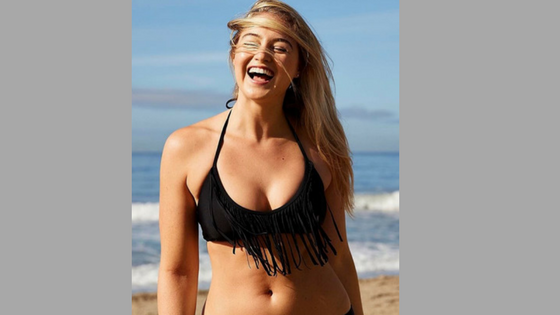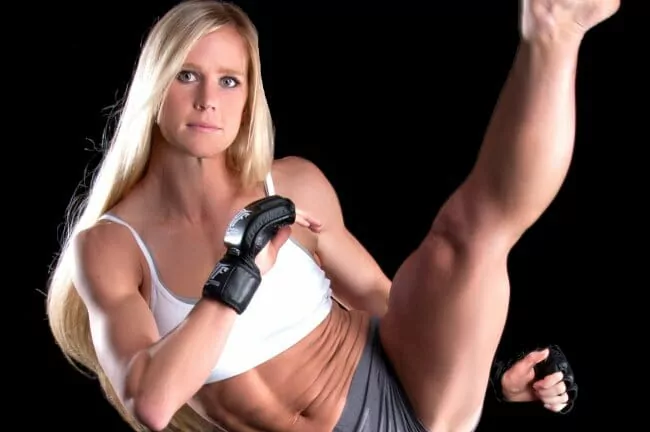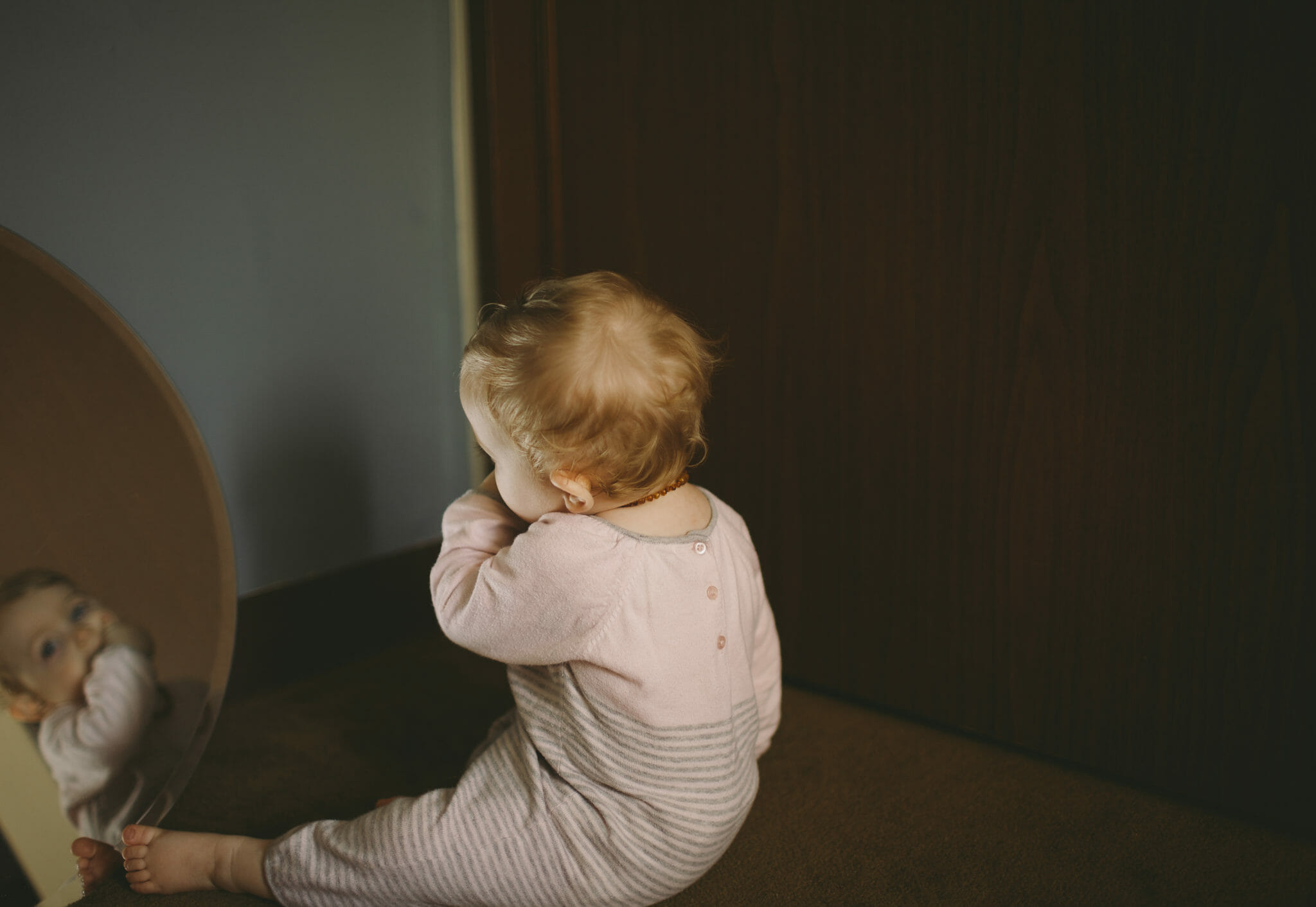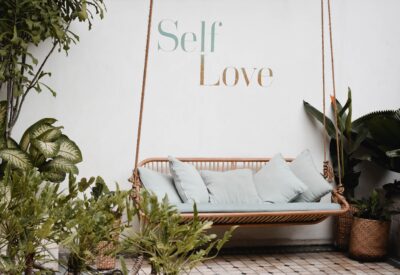“No physical feature (or lack thereof) can define what makes someone a “real” woman.”
The phrase “real women have curves” is constantly thrown around in our society, and I personally think it is exclusive and not completely accurate.
After seeing an inspiring Instagram post by body-positive model Iskra Lawrence a few days ago, this idea was once again brought to the forefront of my mind.
An important point that Iskra makes is how a body doesn’t have to have (or not have) any particular features or attributes to be considered real or to be body-positive. Bodies don’t need to be toned and smooth to be real, and bodies also don’t need to have rolls or cellulite to be real. All body types are capable of being real, and what’s important is embracing the bodies we have for what they are instead of shaming someone for the body they have or striving to have a body that isn’t ours.
When we start labeling only one category of body type as “real” women, we start making the body positive movement exclusive, which is unfortunate because there is room for all women at the body positive table! I am proud to have friends of all shapes and sizes, and I find them all beautiful. Some of my friends are thinner, and some of my friends are heavier, but the size or shape of their bodies isn’t what makes them “real” women, it’s the authenticity and vulnerability with which they lead their lives that makes them real.
In the words of Iskra, “your body is the vessel that your magical soul lives in.” By embracing our natural bodies and celebrating them for what they are, regardless of how they compare to anyone else’s, we are able to let our souls shine through, and our souls are what make us “real” women, not our physical bodies.
Larger and curvier women have been put down by mainstream beauty standards for a long while. So it’s natural that this group wants to talks about their curves, their BBW Sex, and how proud they are of their bodies in order to boost their confidence and standing in society. But thinner women should be treated as equals too. It is true that thin privilege definitely exists, and thinner bodies are definitely more positively looked upon by society than larger bodies, that doesn’t mean that those women can’t be “real” and body-positive too. No physical feature (or lack thereof) can define what makes someone a “real” woman.
By inviting all types of bodies equally into the movement, we are able to strengthen the reach of body positivity by helping the world realize that body positivity is for anyone and everyone who is willing to be authentic and vulnerable in their words and actions.


.jpeg)






3 Comments “Iskra Lawrence Reminds Us That Bodies Don’t Define “Real” Women”
Very good website – bookmarked
Great goods from you, man. I have understand your stuff
previous to and you’re just too wonderful. I actually like what you’ve acquired here, really like what you’re stating and
the way in which you say it. You make it enjoyable and you still
take care of to keep it smart. I can not wait to read much more from you.
This is really a wonderful web site.
Amazing! Its really awesome article, I have got much clear idea about from
this piece of writing.
Comments are closed.